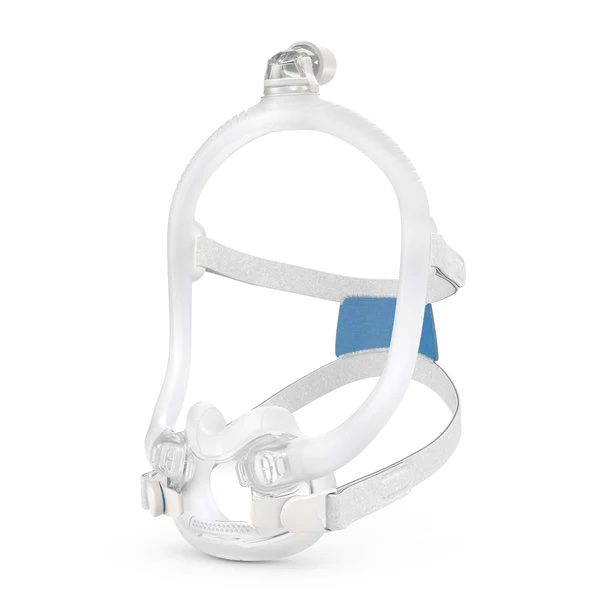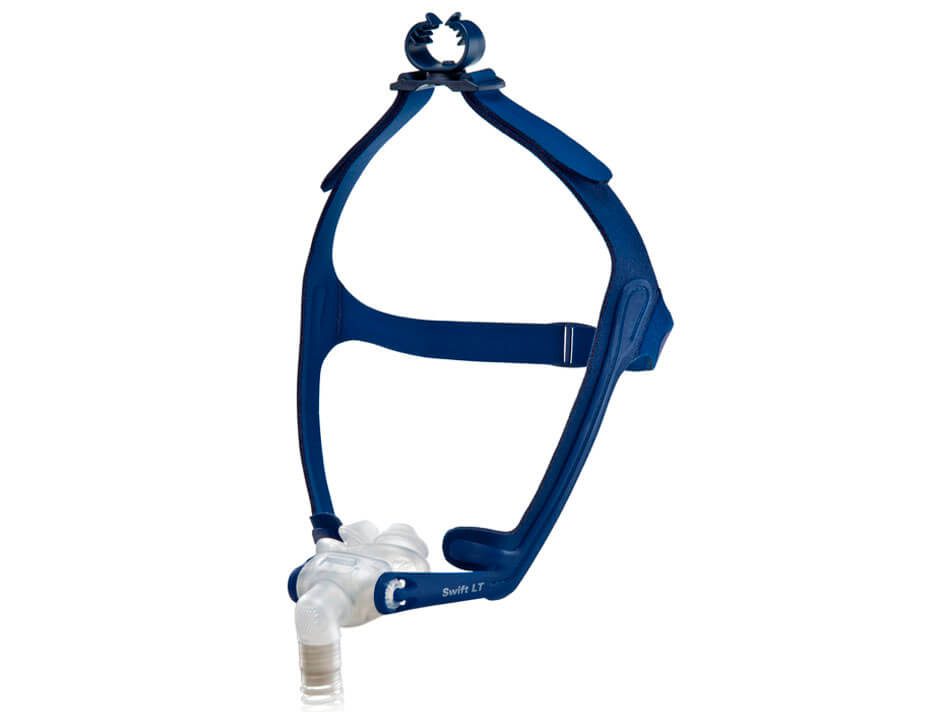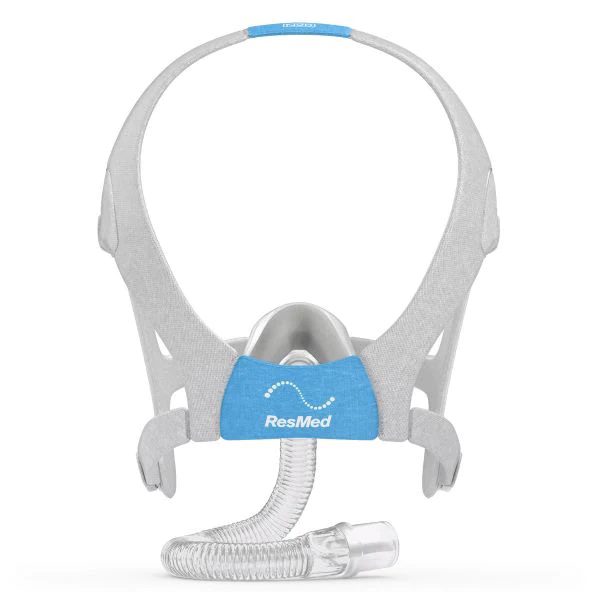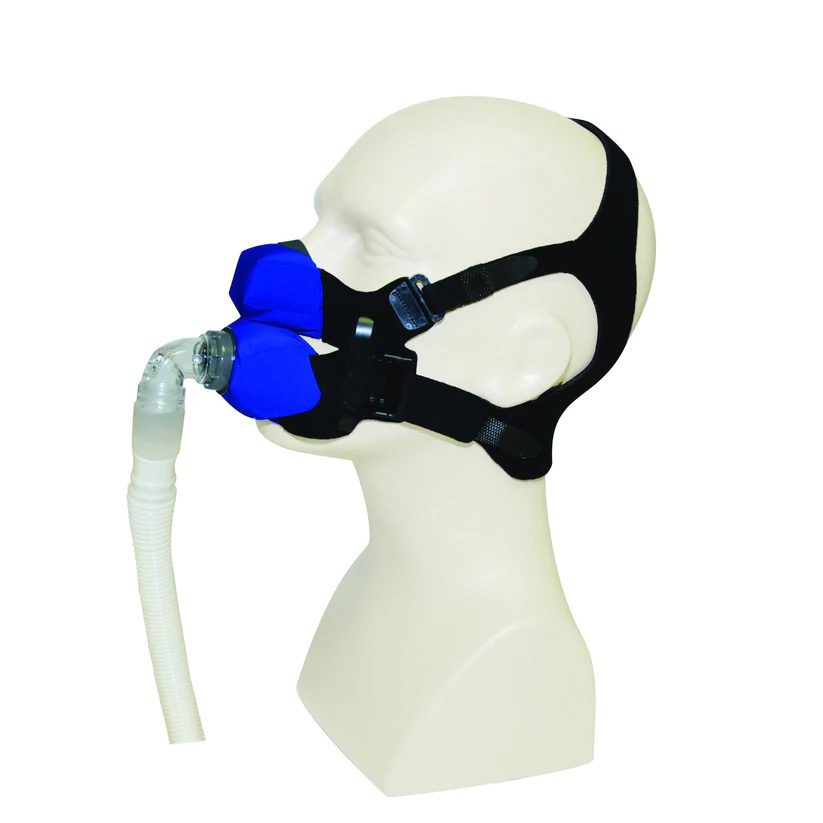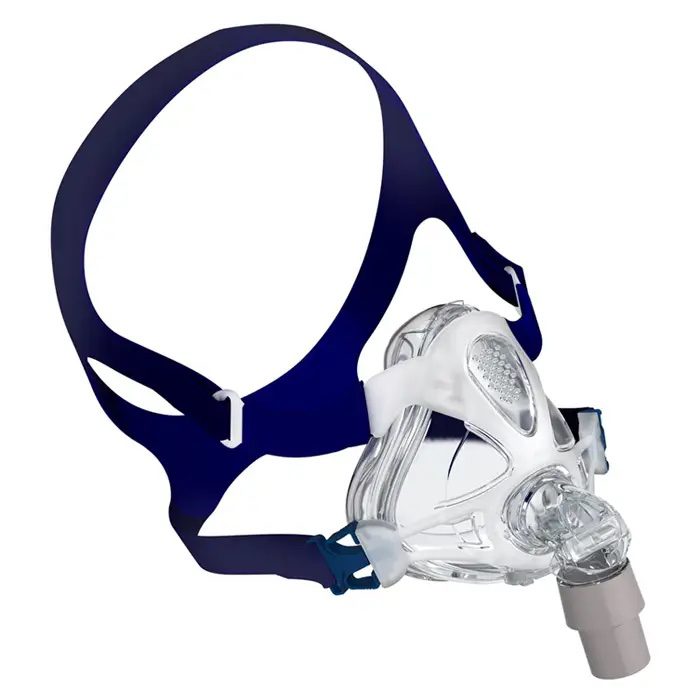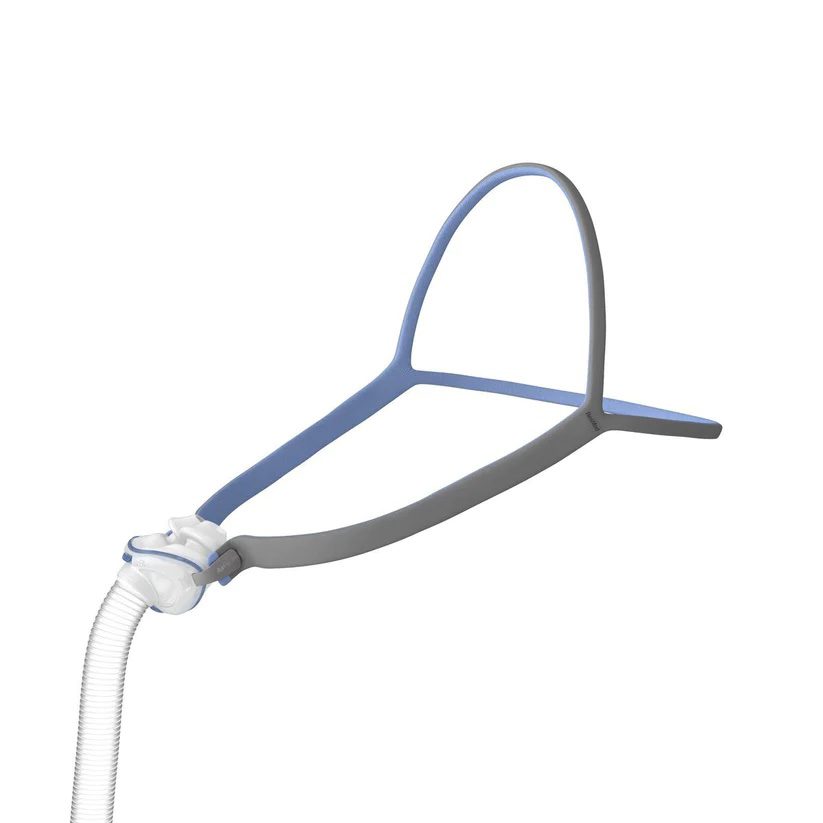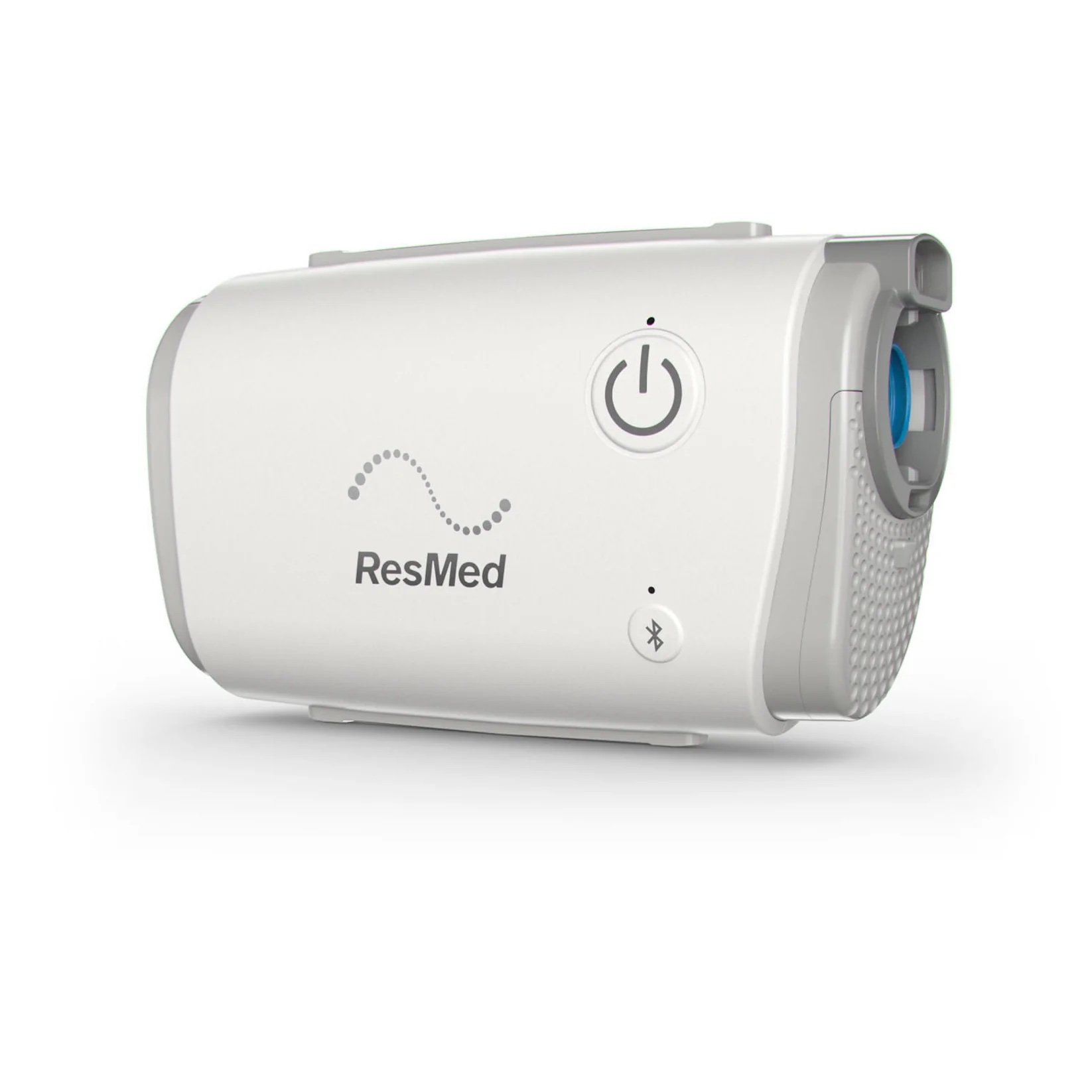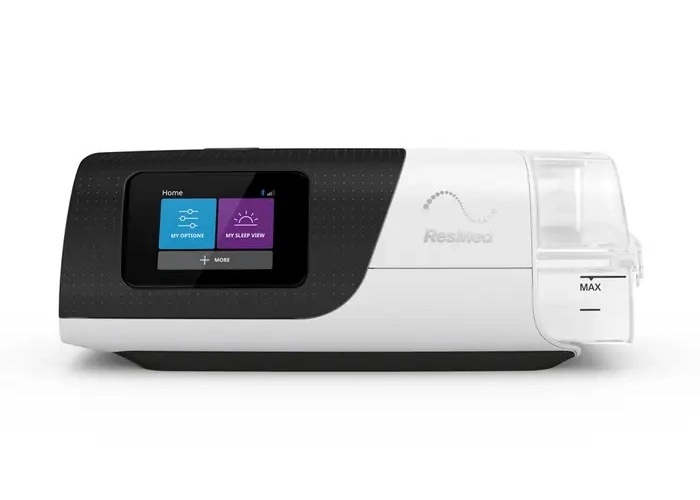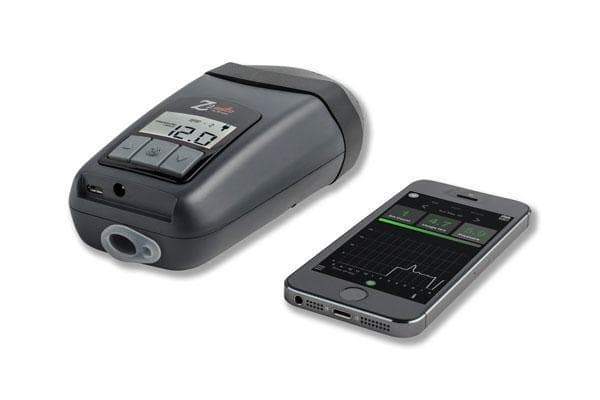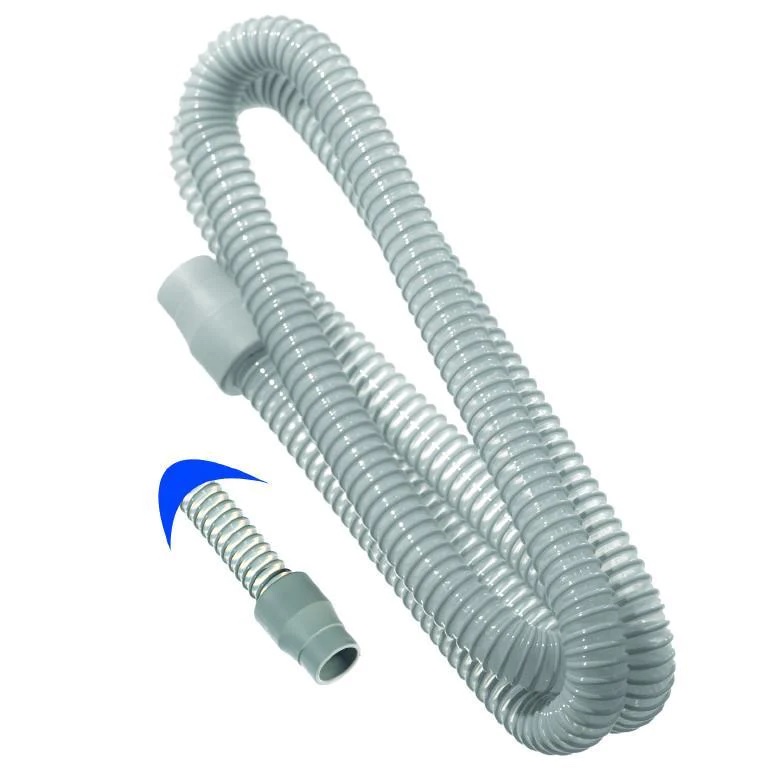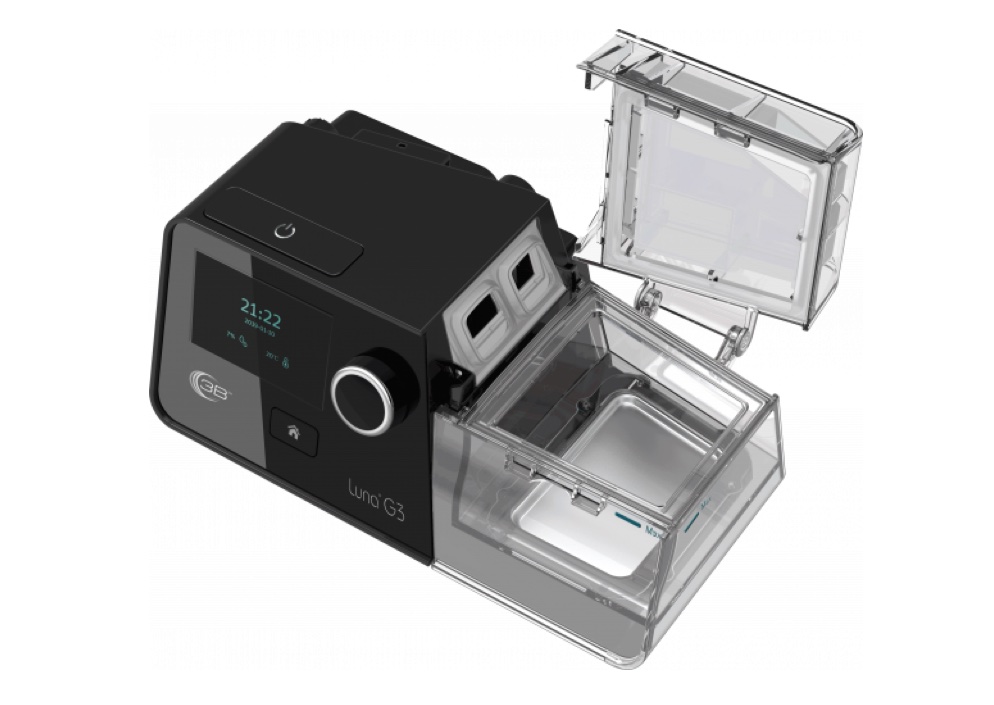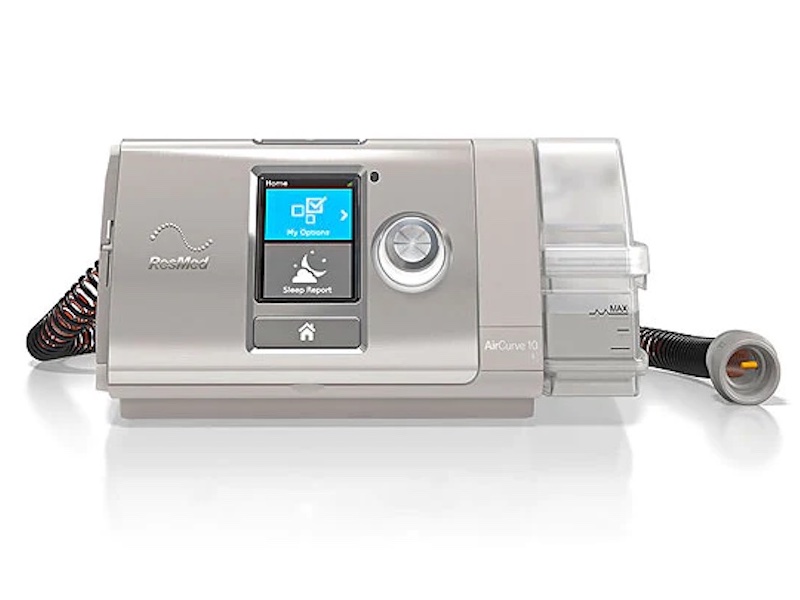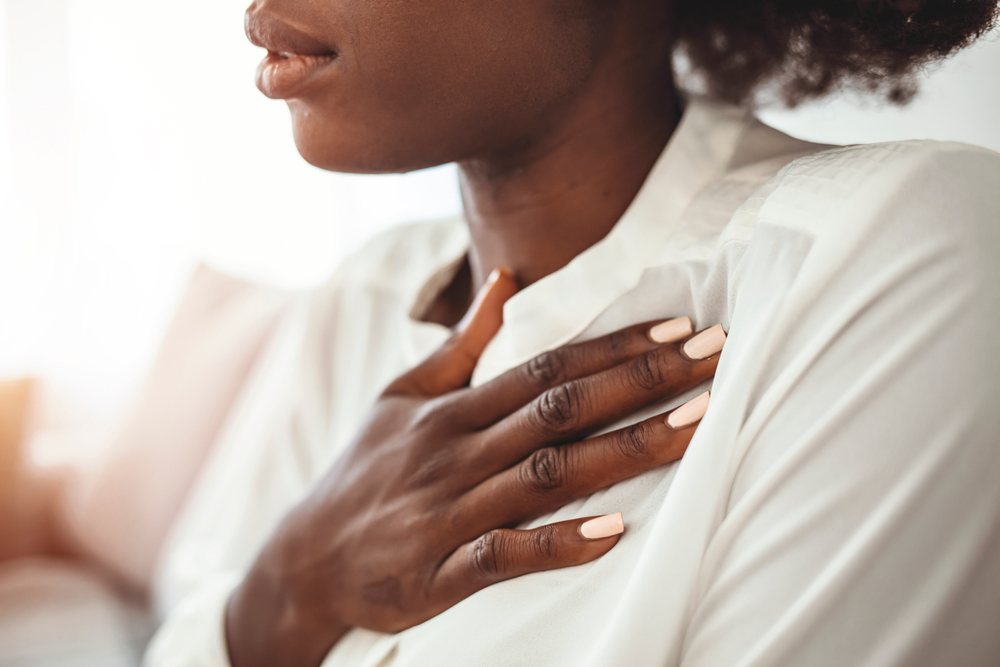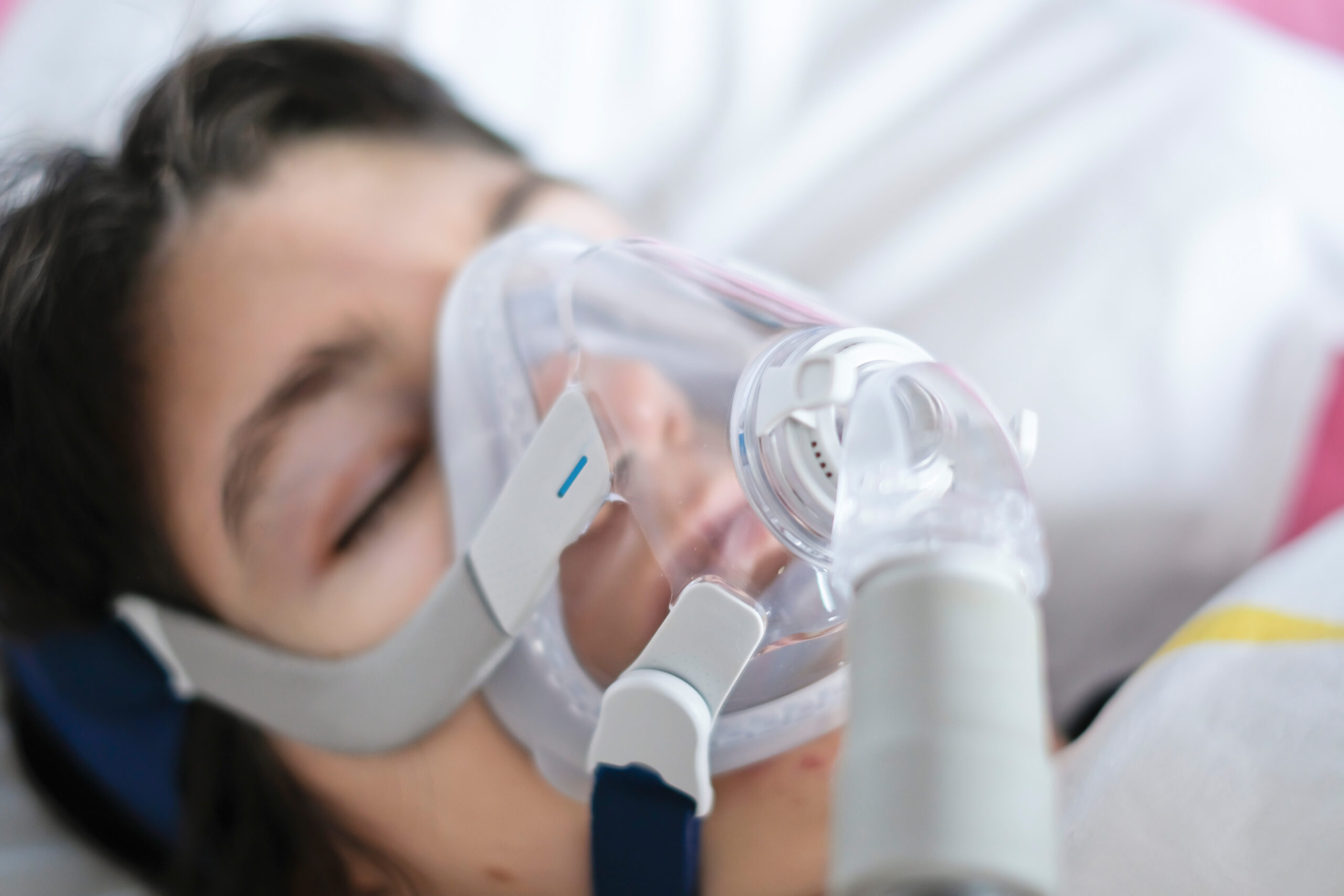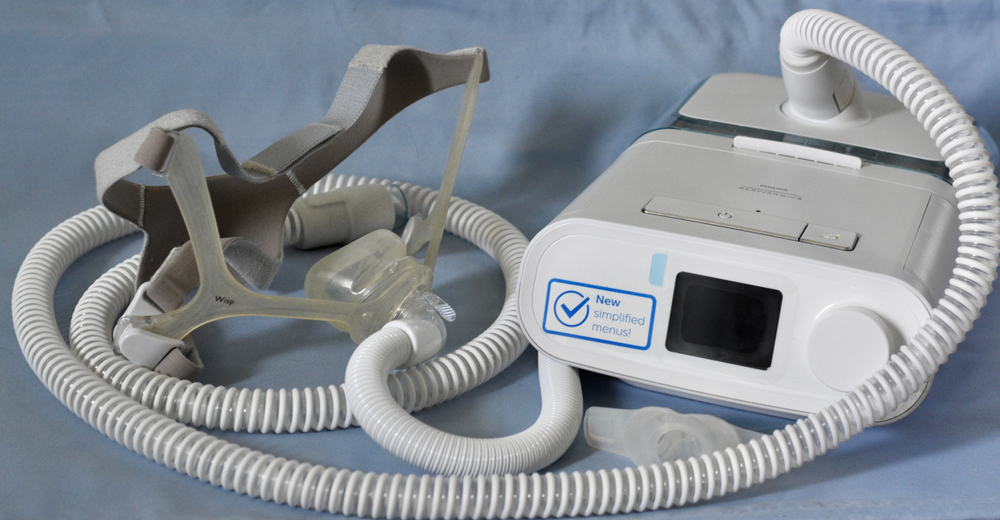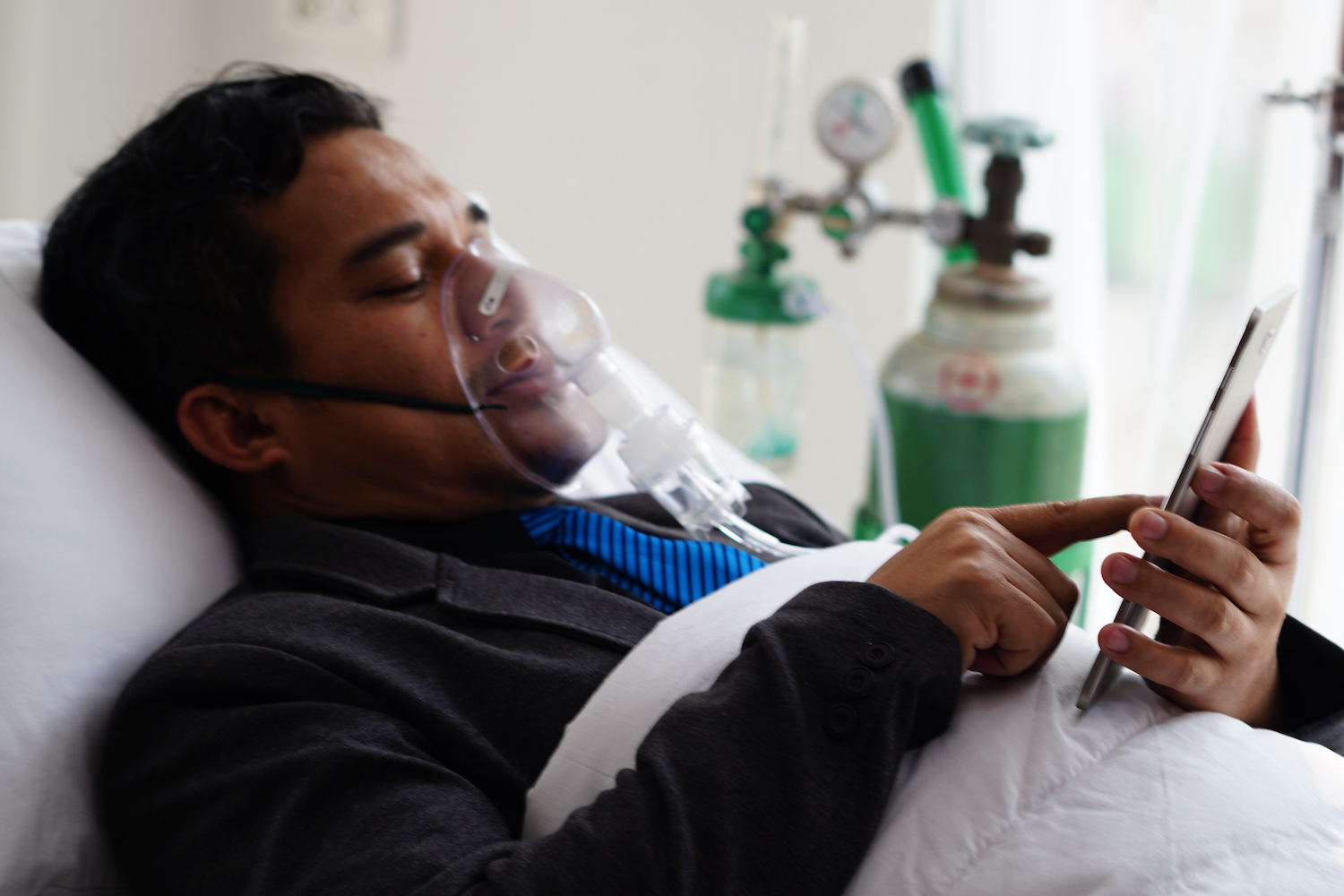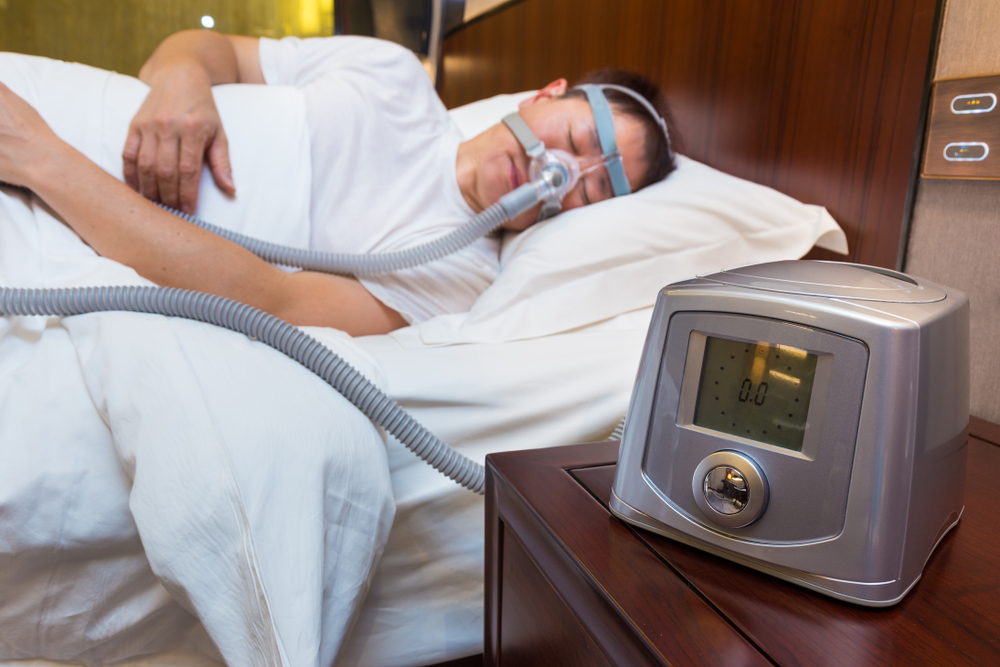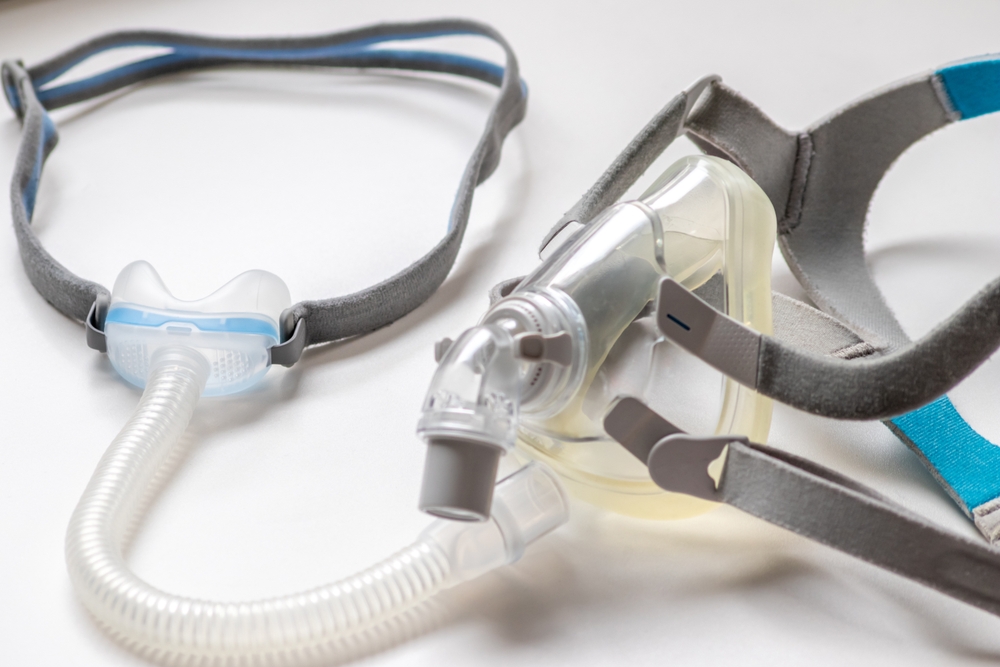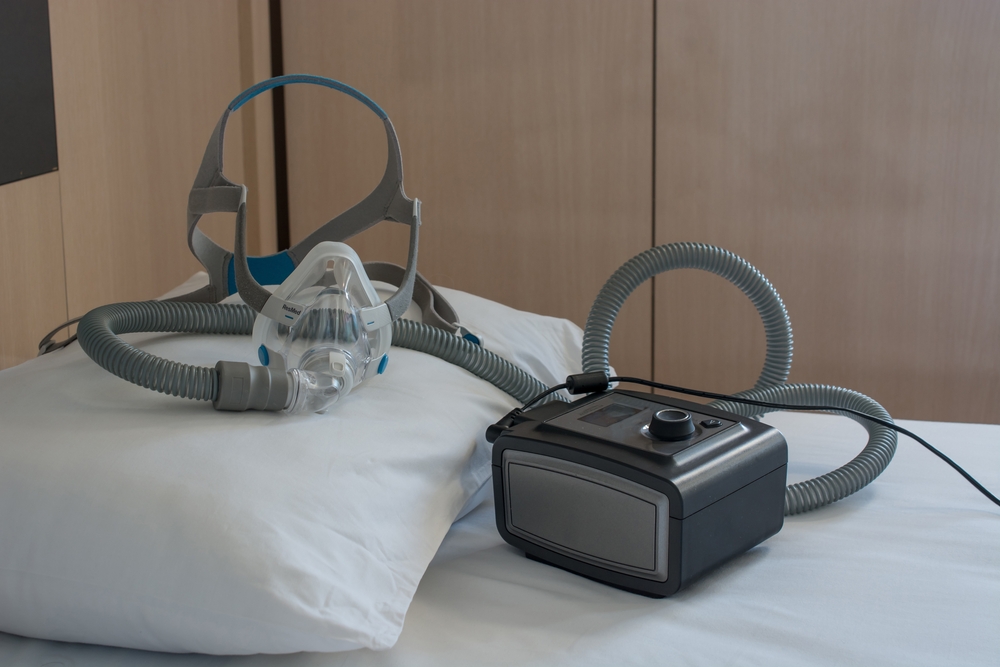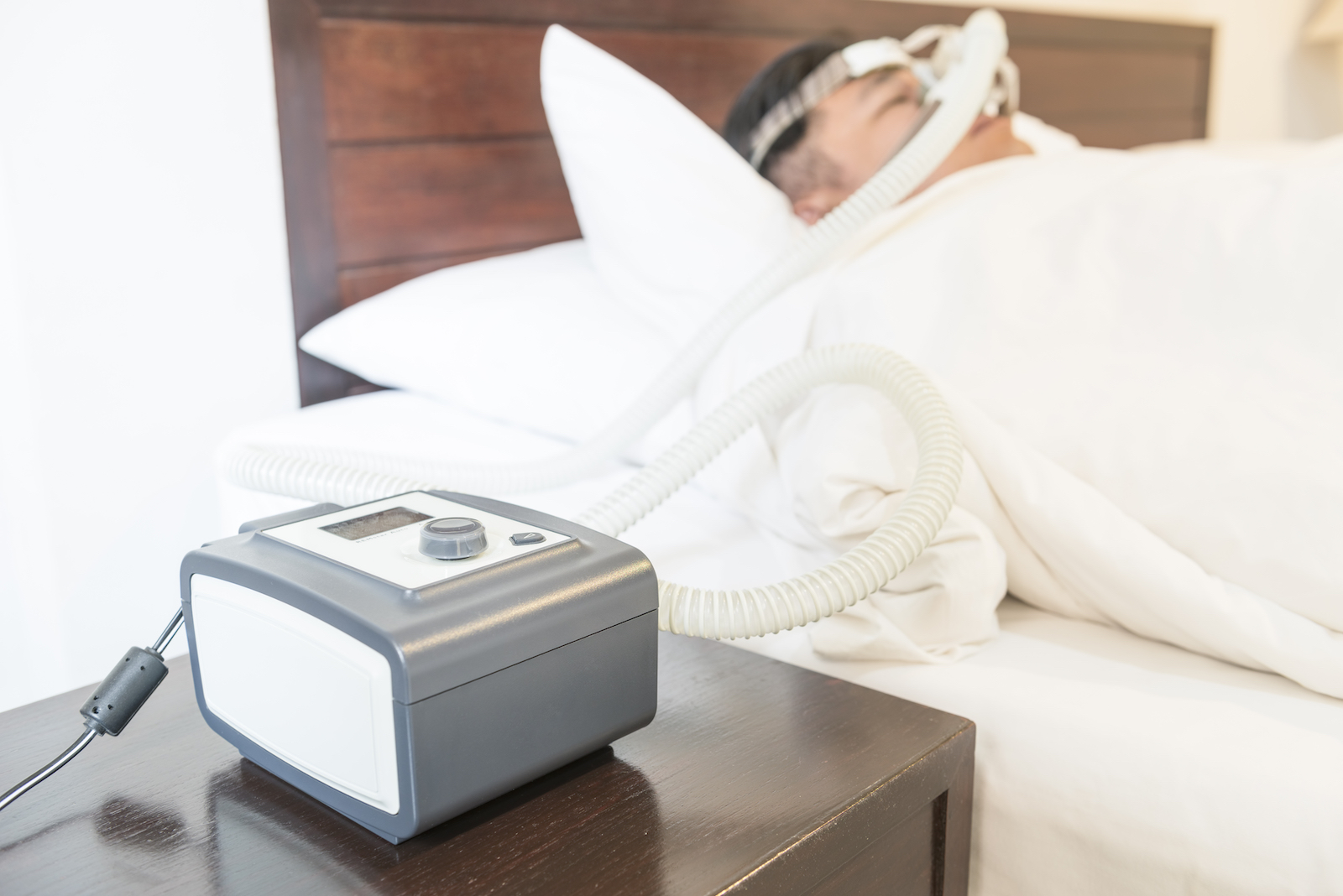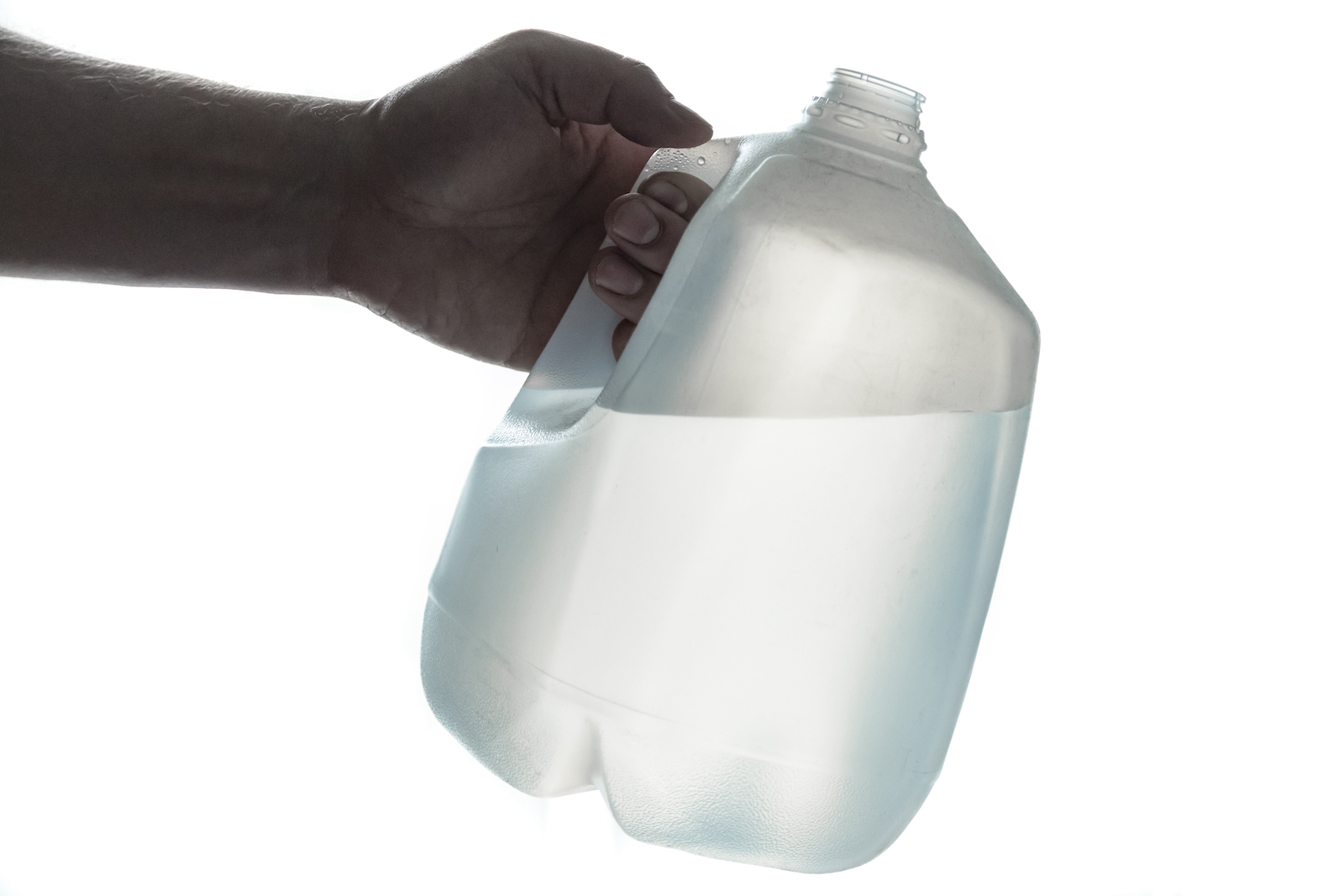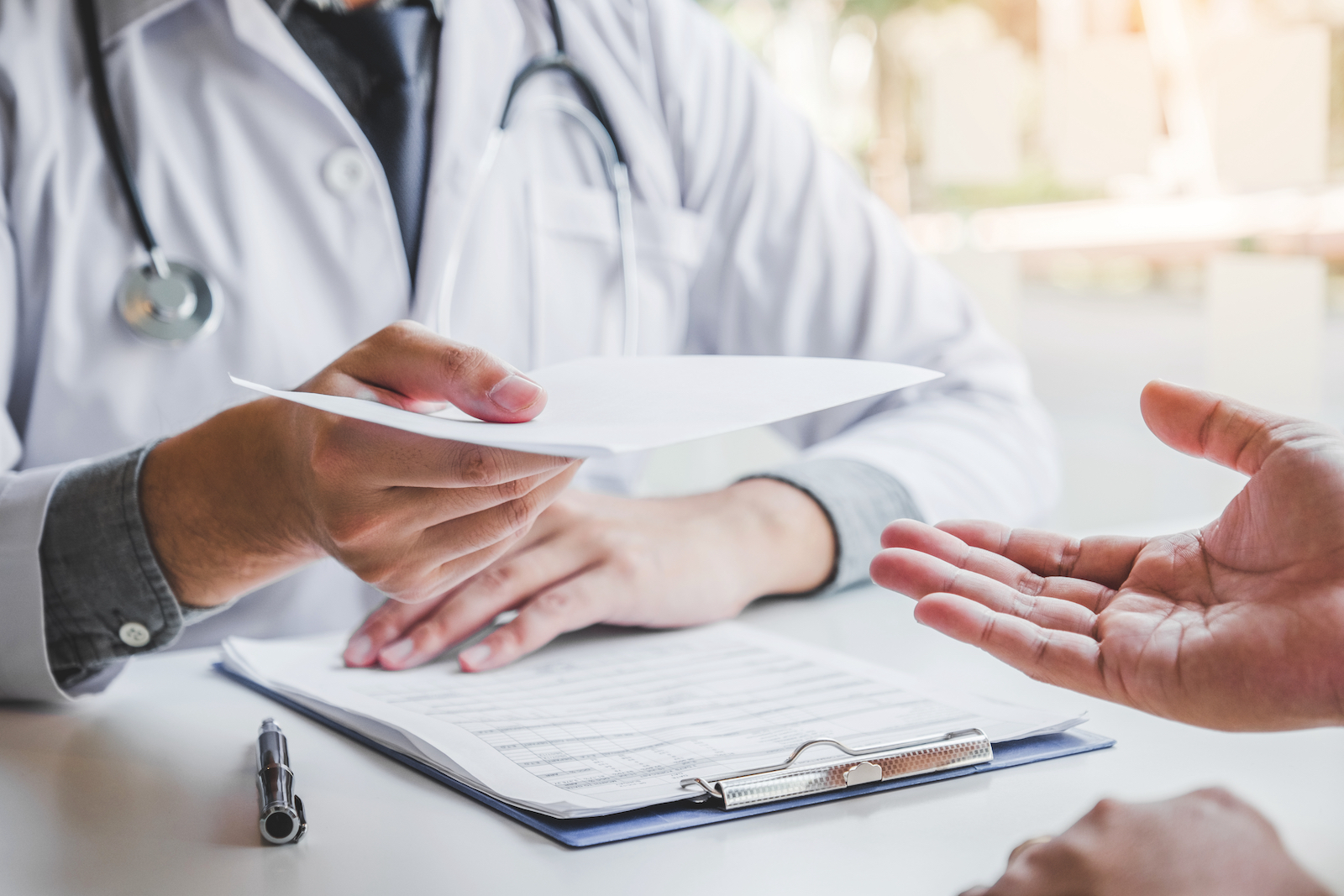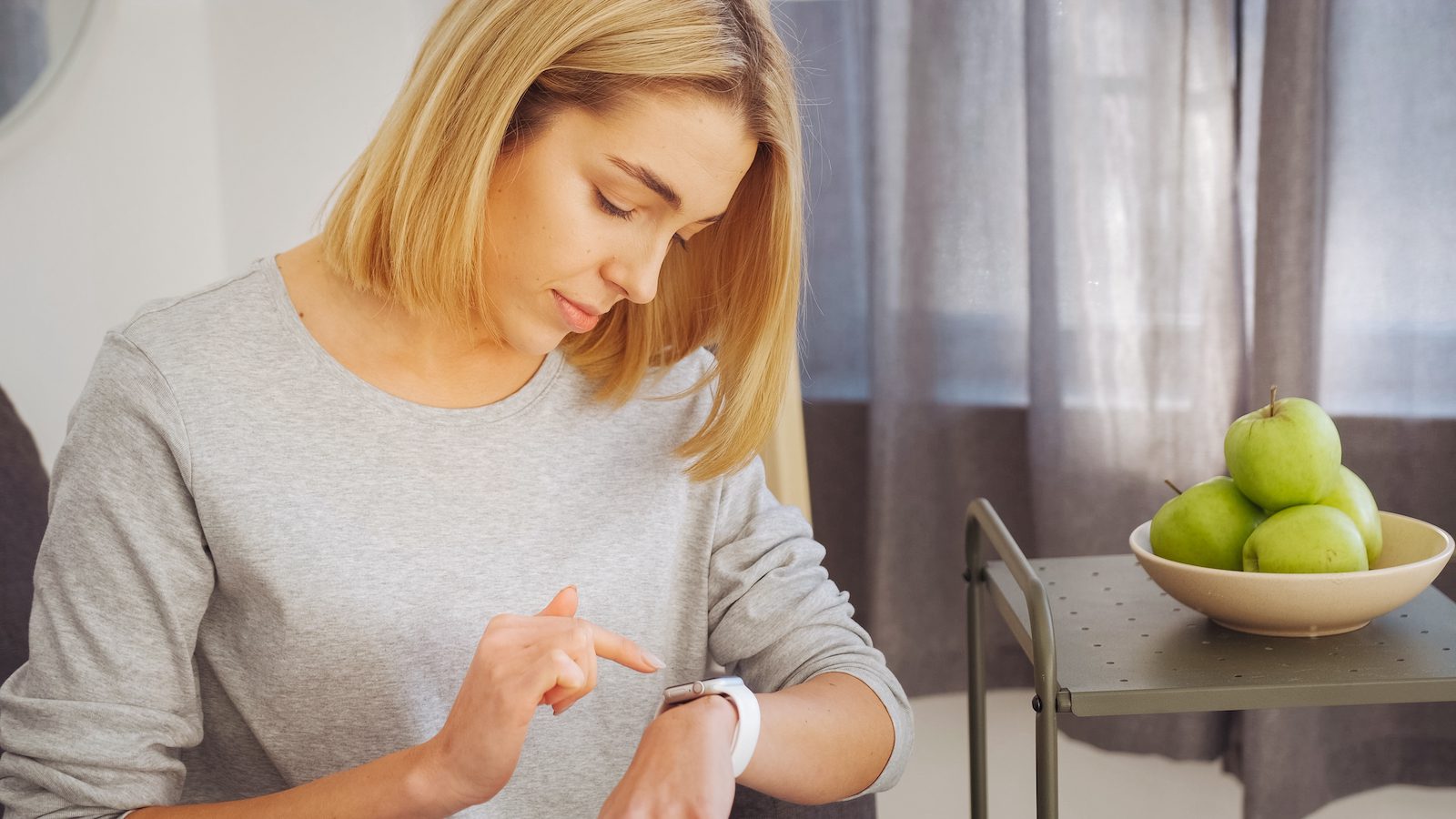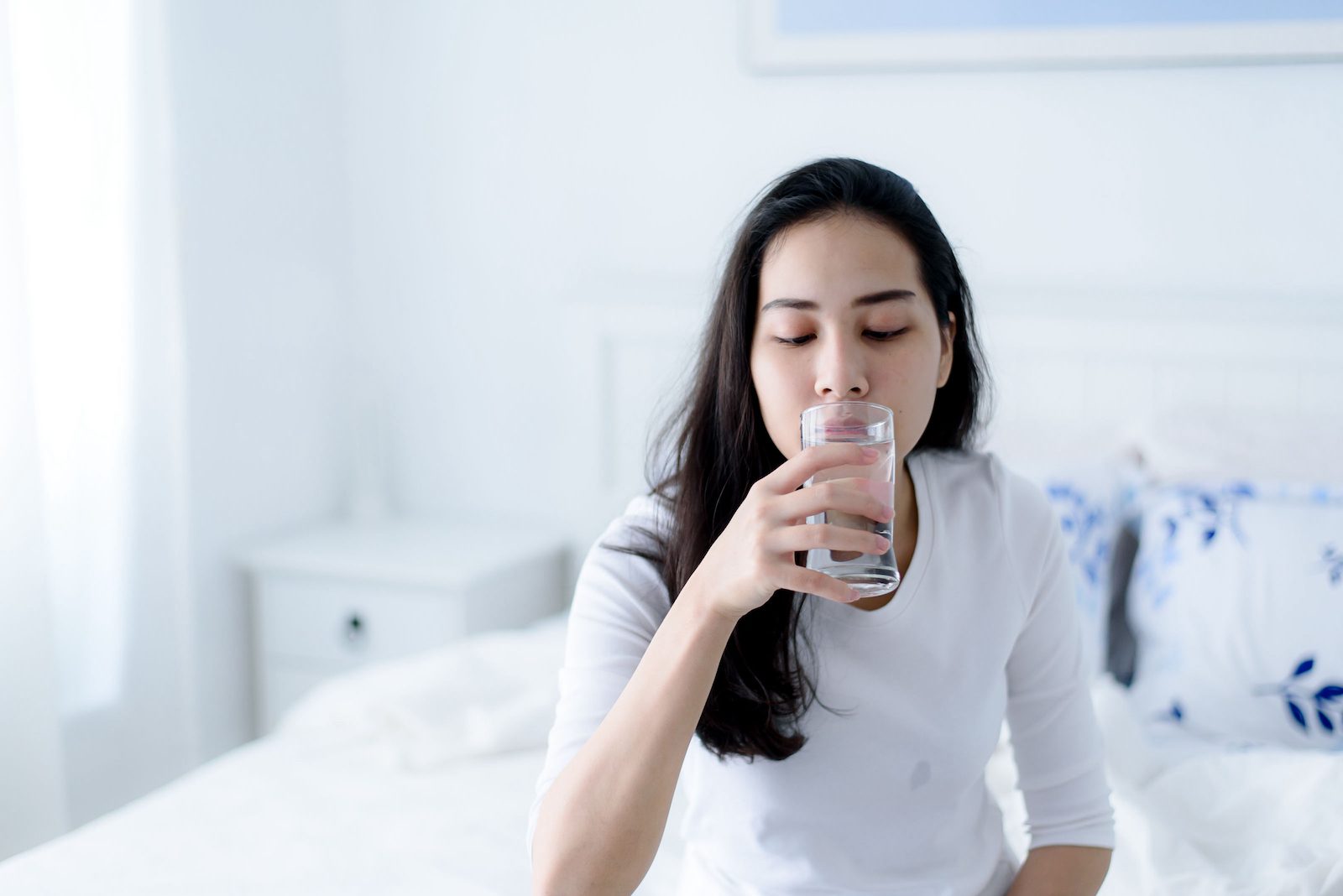When it comes to the Apple Watch and sleep apnea, the tool can’t detect or diagnose the disorder. But the information it provides may suggest a person seek further testing.
Sleep apnea is a sleep disorder characterized by frequent pauses in or slowed periods of breathing that occur while a person is asleep. Other common symptoms include loud snoring and gasping during sleep, excessive daytime sleepiness, and morning headaches.
Although the Apple Watch cannot detect sleep apnea, it can give insight into your sleep patterns. We take a look at what the Apple Watch’s sleep tracker does and does not offer its users. We also describe the process of being diagnosed with sleep apnea, including the difference between in-lab and at-home tests.
Is the Apple Watch FDA-Approved to Detect Sleep Apnea?
No, the Apple Watch has not been approved by the U.S. Food and Drug Administration (FDA) to detect or diagnose sleep apnea. However, the Apple Watch is classified as a medical device by the FDA due to its ability to act as an electrocardiogram, which is a tool that measures heart activity.
Apple Watches are a type of wearable device, also known as a “wearable.” While some wearables have received FDA approval for sleep apnea detection, these are different, specialized devices such as at-home sleep apnea tests.
Can the Apple Watch Track Your Sleep?
The Apple Watch sleep monitor can be used to track day-to-day changes in a person’s sleep patterns, but experts suggest these types of wearables should not be relied on for accuracy.
If you're wondering how to track sleep with an Apple Watch, simply wear the device during sleep. Apple Watches use metrics like blood oxygen levels, respiratory rate, heart rate, and wrist temperature to determine whether a person is awake or asleep and how long they remain in each sleep stage. Users can then track this data using the iOS app called “Sleep.”
The Sleep app makes it easier for Apple Watch users to visualize their sleep pattern by breaking sleep time into four categories that broadly correspond to conventional sleep stages
Does Health Insurance Cover the Cost of a Refurbished CPAP Machine?
- Awake: While people may be aware of how long it takes them to fall asleep, they may be less aware of brief periods of wakefulness during the night. This information can be useful, since repeatedly waking up at night can be a symptom of sleep apnea.
- Core: “Core sleep” is the Sleep app’s term for the sleep stages usually known as light sleep. Most people spend about half their sleeping time in these stages, which appear to play an important role in memory and the brain's ability to change.
- Deep: Deep sleep, also known as slow-wave sleep, is restorative sleep associated with physical rest and repair. The average person spends roughly 25% of their sleep time in deep sleep, while people with sleep apnea spend far less time in this stage.
- REM: Rapid eye movement (REM) is a sleep stage associated with dreaming and accounts for approximately 25% of the average person’s sleep time. However, people with sleep apnea usually spend less time in this sleep stage, because of their frequent lapses in breathing that cause brief awakenings.
How Does the Apple Watch Measure Respiratory Rate?
The Apple Watch uses its built-in accelerometer, which measures vibration and movement, to determine how many times a person breathes each minute. There is evidence for this approach, as studies indicate that accelerometers may be a relatively accurate way of determining respiratory rate.
Since sleep apnea is a breathing disorder, changes in a person’s respiratory rate during sleep may indicate that a person should be evaluated for the condition.
Is the Sleep Data Collected by an Apple Watch Intended for Medical Use?
While the Apple Watch can track a person's sleep, the sleep-related information it collects is not intended for medical use.
Studies show that wearables, including the Apple Watch, are still less accurate than an official sleep study. Information collected by the Apple Watch corresponded with sleep study data 88% of the time when deciding whether someone was asleep or awake, but only 53% of the time when determining specific sleep stages.
Since this in-depth information is required to diagnose conditions such as sleep apnea, Apple Watch data is most valuable to medical professionals as an indication that further testing may be warranted.
How Do You Get a Sleep Apnea Diagnosis?
Sleep apnea can only be diagnosed by a medical professional such as a family doctor or sleep specialist. People cannot self-diagnose the disorder using wearables like the Apple Watch.
If your doctor believes you may be experiencing sleep apnea, they will likely recommend either an in-lab sleep study or an at-home sleep apnea test. These studies and tests provide the information needed to diagnose sleep apnea, but both have benefits and drawbacks.
Once you have been diagnosed with sleep apnea, your doctor is likely to prescribe treatment. The most common treatment is a positive airway pressure (PAP) device, such as a continuous positive airway pressure (CPAP) machine.
At-Home Sleep Tests vs. In-Lab Sleep Studies
Although in-lab sleep studies are considered the gold standard method for diagnosing sleep apnea, at-home sleep apnea tests are a convenient alternative that works well for some people.
Many at-home sleep apnea tests involve both a wearable device and a smartphone app, making them feel similar to an Apple Watch. However, these tools differ from an Apple Watch, because they are specifically designed and FDA-approved for diagnosing sleep apnea.
| At-Home Sleep Tests | In-Lab Sleep Study |
|---|---|
Benefits:
| Benefits:
|
Limitations:
| Limitations:
|
Apple Watches and Sleep Apnea
You should not rely on your Apple Watch to detect sleep apnea. However, if you have sleep apnea, it may be reflected in your sleep tracking data.
People with sleep apnea tend to have disordered sleep architecture, meaning they spend more or less time than the average person in the different stages of sleep. They also usually wake up frequently due to lapses in breathing and may have an unusual respiratory rate compared to the average person.
If your Apple Watch indicates that you are experiencing any of these symptoms, it’s worth speaking to your doctor about your concerns.
There are currently no smartphone apps available to the general public that are FDA-approved for the detection or diagnosis of sleep apnea. Those that have received FDA clearance for pre-screening those suspected of having sleep apnea, such as Drowzle and SleepCheck, are only available for use with a prescription.
Some companies claim their apps help detect sleep apnea by monitoring your snoring or using your phone’s accelerometer to track your sleep. However, the technology cannot be relied upon for sleep apnea detection. If you are concerned about sleep apnea, your doctor is the best source for information and diagnosis.
Although the FDA has approved some wearables for sleep apnea detection and diagnosis, these at-home sleep apnea tests are only available with a doctor’s prescription. Once your doctor receives the results from the at-home test, they can make a diagnosis and determine the correct sleep apnea treatment.
Some at-home sleep apnea testing tools resemble an Apple Watch, while others involve multiple sensors. If your doctor believes you’re eligible for an at-home test, they will direct you to the test that is best for your needs.
Still have questions?
Sleep apnea products can be confusing. If you need individualized assistance, send us an email at [email protected] with your questions and we'll help find the best fit for you.


